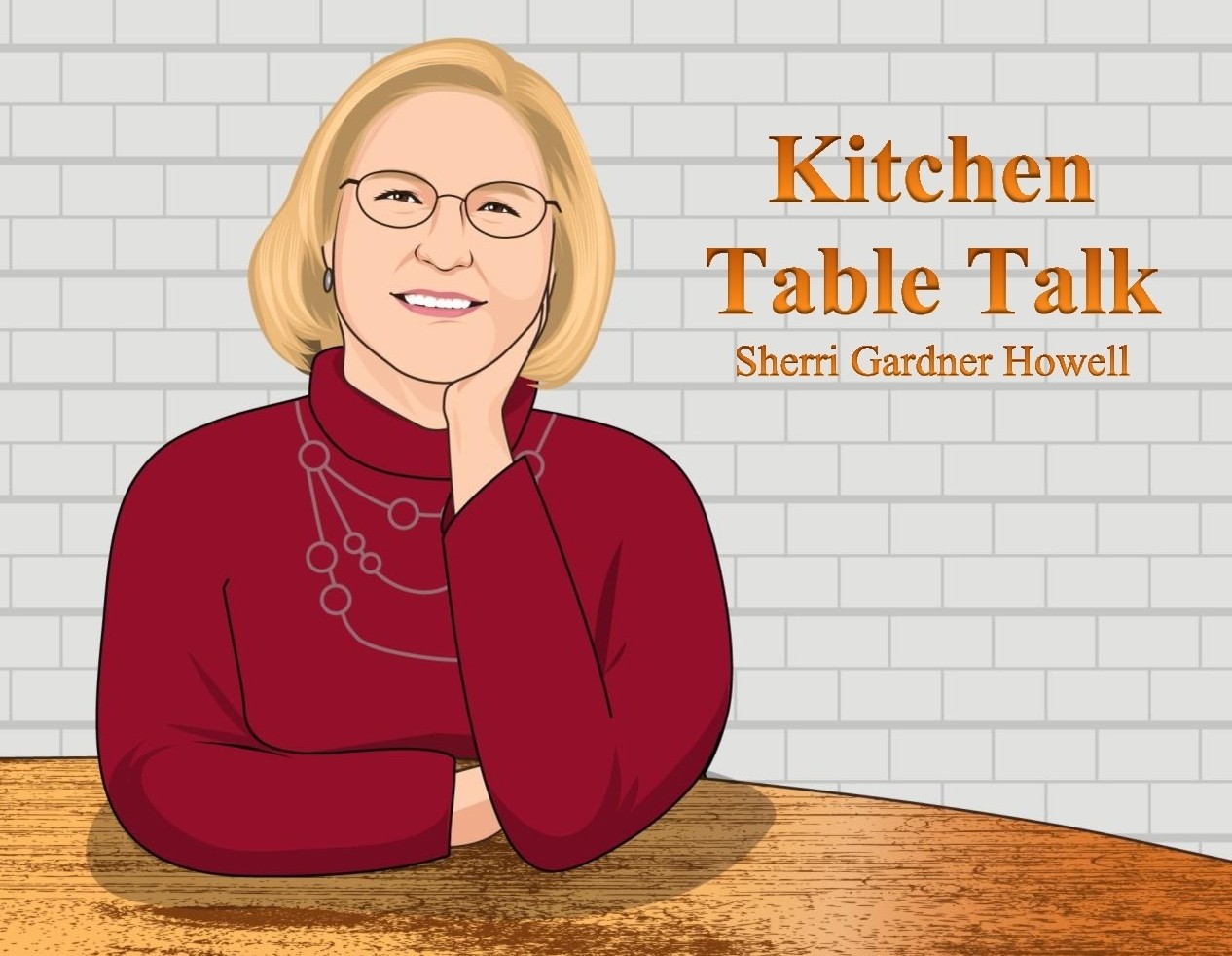There were 2-year-olds in the room – one of them being my precious grandson, Gardner – so every item and toy in the room was being claimed.
“Mine,” was the battle cry. And, in case the onlookers had any doubt, the claimed item, whether it was a ball or a blanket, was held tightly to the claimholder’s chest.
Welcome to the “mine” stage. It is a time when parents begin to fear they are raising self-centered, selfish children who will walk through life caring more about possessions than people.
In truth, the “mine” stage is perfectly normal and has very little to do with sharing and more to do with attachment and ownership. Before age 2, most children are perfectly happy to pass a toy on to another child and simply pick up a different toy. When they hit age 2, however, they begin to understand the concept of possession. Suddenly, everything belongs to them, from the toys in the playroom to the food on their plates.
It is an important developmental stage and understanding that helps grandparents remember that this, too, will pass and morph into acceptable behavior.
As I watched Gardner and his friend, who is just a few months older, interact, I was fascinated by the social play unfolding between them. Gardner’s favorite activity right now is to “shoot” the basketball into his goal. There are numerous balls around the house that can be tossed into the goal, but Gardner had decided that today, the green ball was his. No other ball or substitute was going to take its place. His friend could have whatever else was in the room, but the green ball was staying firmly in Gardner’s arms.
At first, his friend also wanted the green ball, but moved on to another ball when Gardner’s steadfast stand became obvious. Gardner, however, was now facing a dilemma. In order to maintain possession of his ball, he had to keep it, meaning he didn’t get to “shoot.”
“Gardner,” I asked him. “Are you going to shoot the ball?”
“No,” he said, jerking away from me. “Mine.”
I picked up another ball and took a shot from my chair, just missing the basket. “Ohhhh,” I said. “Gigi missed.”
Gardner looked around, still holding his green ball to his chest. His friend had wandered into the kitchen.
“Are you going to shoot the ball?” I asked again.
“Mine,” he replied, a little less sure he was enjoying this game.
I took another shot, actually making it this time, so I clapped for myself and said, “Good job, Gigi!” Gardner looked on, but held tightly to his ball.
After a few more minutes, Gardner took a run around the kitchen, circled back to the playroom and smashed his green ball into the basket of his basketball goal, a slam-dunk worthy of Michael Jordan. I clapped wildly and yelled, “Good job!” He responded with two more runs at the goal, making one shot and missing the other.
The green ball rolled toward my feet, and I reached to pick it up. “Mine!” Gardner responded, so I let it roll on.
Gardner picked up the ball, but didn’t shoot. I could almost see the wheels in his little mind whirling around. After another minute, he brought the green ball to me.
“Gigi shoot,” he said, handing me the ball.
I made sure the ball went into the goal, and Gardner clapped for me.
A few minutes later there was a power struggle over a fire truck, but I knew Gardner was learning the right lessons. It is important for toddlers to feel the power of ownership so that they can also feel good about sharing. He wanted to have the green ball, but, in the end, seeing Gigi happy and playing with him won out over the good feeling of controlling ownership of the ball.
Life is a game of give-and-take. Toddlers can teach us a lot about what is really important. It certainly isn’t who actually owns the green ball.

